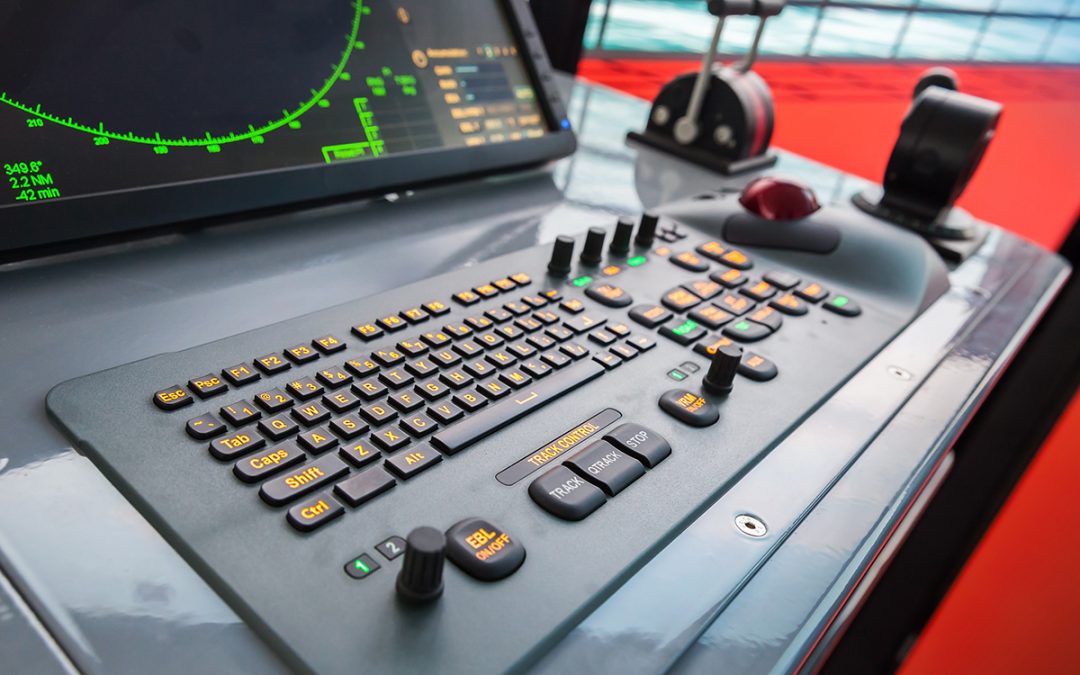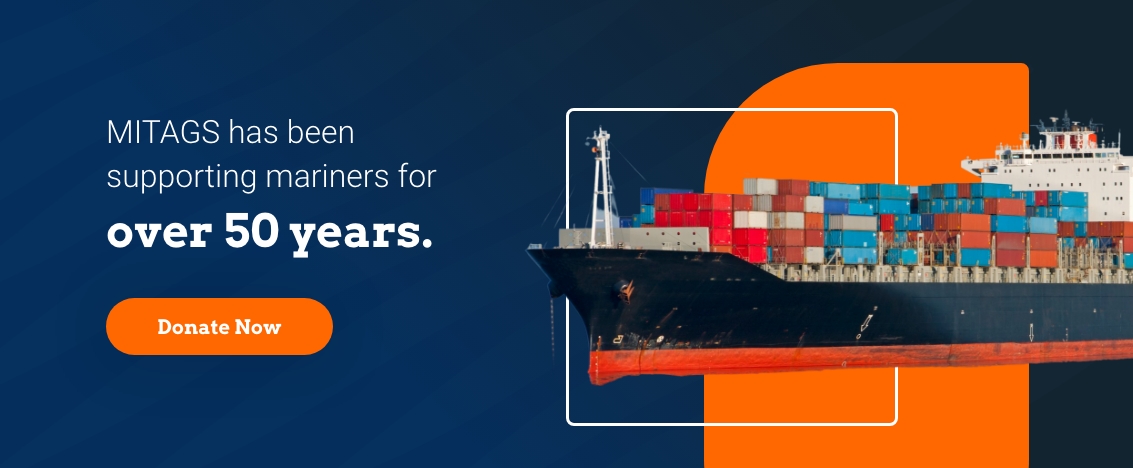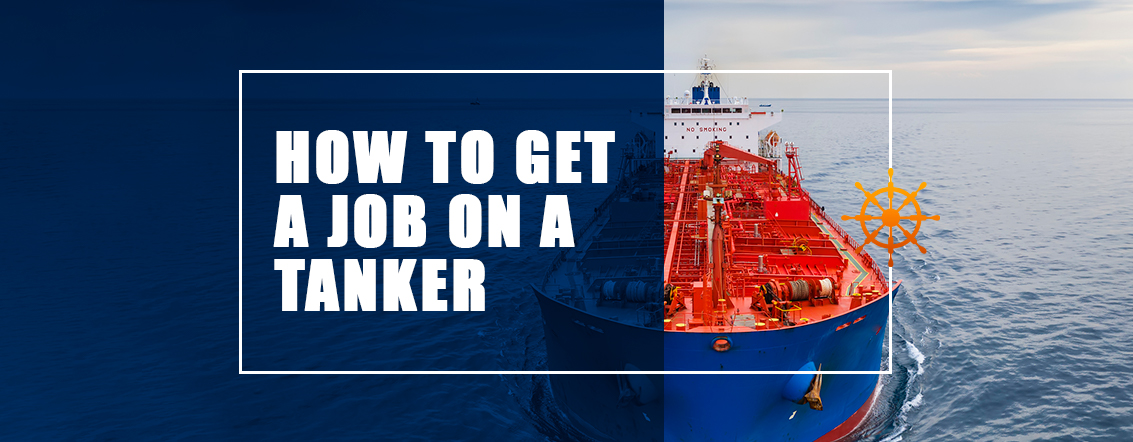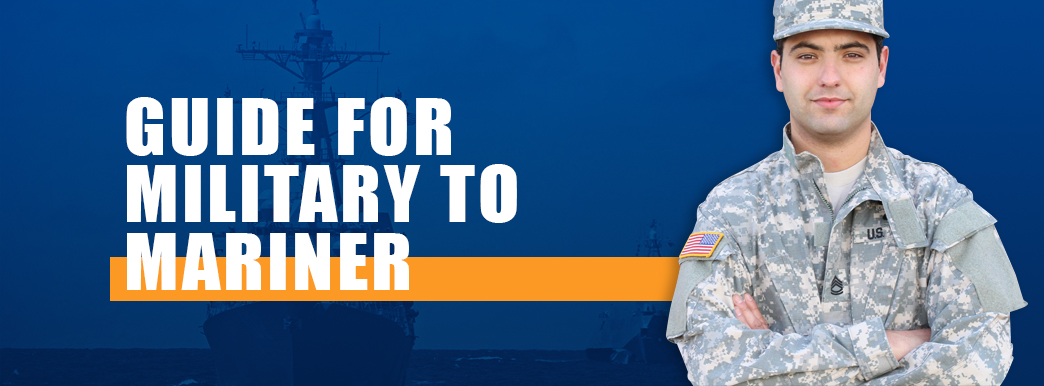Crowd management is the act of aiding and controlling large crowds aboard your ship and keeping passengers calm during emergencies or chaotic circumstances. Some common causes for crowd control on board passenger vessels include waiting lines at special events, public gathering spaces like pools, bars and buffet tables or hazardous situations like storms and fires.
If left unmanaged, even the calmest crowds can turn dangerous and quickly spiral out of control during extraordinary circumstances. Keep reading to learn more about the importance of crowd management training, as well as some tips for promoting effective crowd control aboard your vessel.
What Is Crowd Management Training?
Crowd management training is learning about your vessel, relevant rules and regulations and practicing emergency protocols. During crowd management training, crew members learn the skills they need to help navigate and control large crowds that occur on a passenger vessel, both naturally and during emergencies. By participating in crowd management training, each member of the crew will know how to respond and what their responsibilities are in each possible scenario.
Best Practices for Passenger Ship Crowd Management
Proper crowd control is important, but it can be challenging knowing where to begin. Here are some of the best practices for ensuring crowd safety on board a passenger ship.
1. Know Your Crowd
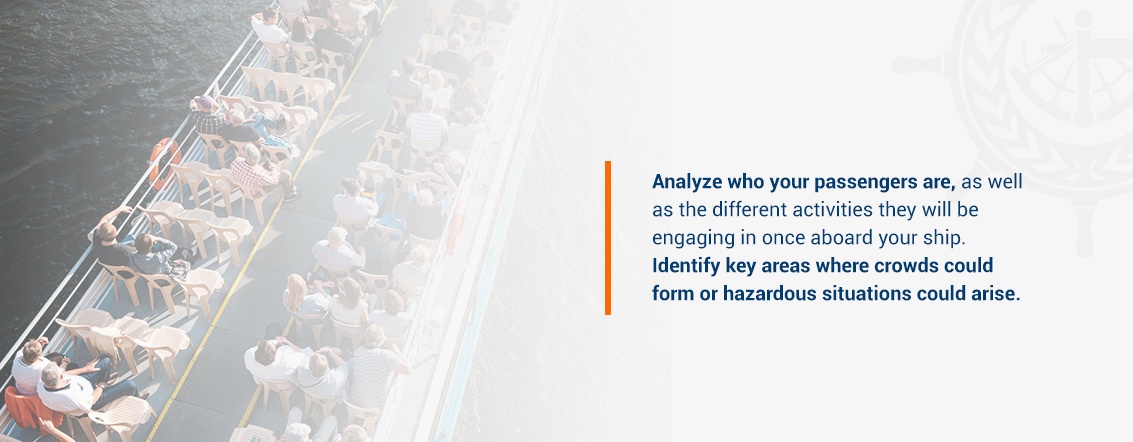
Although it’s impossible to anticipate every possibility, the best way to be prepared is to understand your crowd. Who are they? What do they value? What pre-existing concerns or fears do they have? Analyze who your passengers are, as well as the different activities they will be engaging in once aboard your ship. Identify key areas where crowds could form or hazardous situations could arise.
Remember, every person’s perception of an emergency is different from the next. While seasoned guests and crew might perceive a storm as an unavoidable part of a cruise, other passengers might start to panic and fear for their safety. In these situations, empathy and communication can go a long way.
2. Be Prepared
The first step in proper crowd safety preparation is to know your vessel. What is the gathering capacity of each area? Which areas are unsafe for non-crew? Are there any weak areas or temporary structures that require special attention? Prepare for as many possible outcomes as you can, and review this plan with your crew until everyone understands the protocol. Once a plan is in place, establish a back-up plan — or two — so there is never a moment when your crew wonders what to do next.
Some crowd control risks that could occur on board a passenger vessel include:
- Large crowds pooling and blocking entrances and exits to important areas.
- Passengers gathering too close to a dangerous or restricted area.
- A group becoming too loud or disorderly to receive instruction.
- Passengers falling during chaotic moments and being potentially trampled or suffocated by the crowd.
Another important factor in crowd safety is letting your passengers know what to expect and what role they need to play during emergencies. Make sure every guest receives a packet of information regarding safety procedures, rules, guidelines and emergency information. This will save your crew the time and hassle of answering the same questions repeatedly, and passengers will feel more at ease and in control.
3. Have an Alert System
One essential part of ensuring crowd safety is implementing a type of alert system for both passengers and crew. This way, should something go wrong or an emergency arise, you already have a streamlined process in place for keeping everyone informed and up-to-date about where they need to be and what they need to do once they get there.
Some possible alert system techniques include:
- SMS alerts or text messages
- Apps and push notifications
- Intercom systems connected to guest rooms and all public areas of the vessel
Whichever alert system you choose to use, always take time to test its effectiveness before allowing passengers on board.
4. Train the Crew
When emergencies occur, passengers look to the crew for assurance and instruction. For this reason, you must train your crew to remain calm under pressure and do their best to instill confidence, even when they are unsure what is happening, so passengers will be more likely to listen to their instructions and refrain from panicking. The best way to make sure your crew remains calm is to have a thorough and ongoing crowd management training program in place.
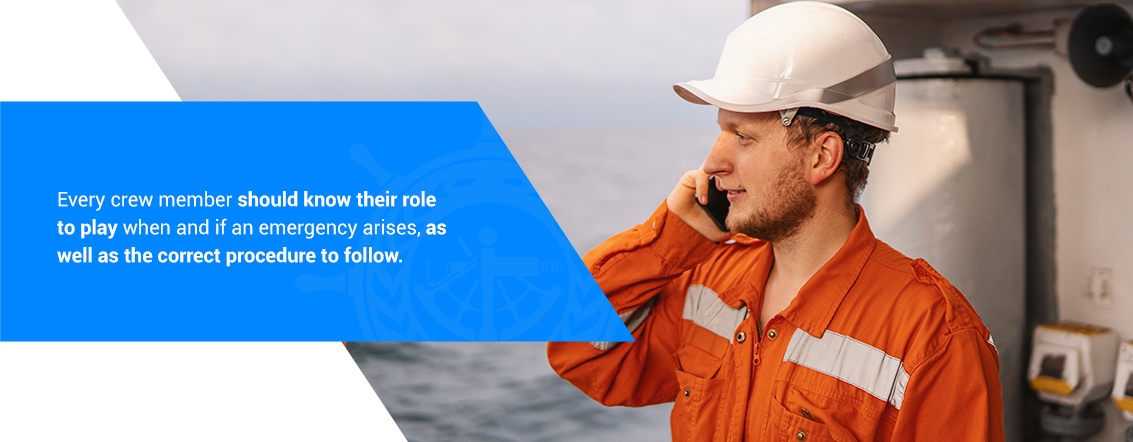
Your crowd control training program should be more than an item to check off a list. Due to the nature of this potentially life-saving information, training needs to be extensive and intentional. By observing your crew, you can get a better idea of how each person might respond in a crisis. With this information, you can adapt your plan or assign additional training. Every crew member should know their role to play when and if an emergency arises, as well as the correct procedure to follow. It’s important to include every crew member in crowd management training. During uncertainty, passengers often approach the first crew member they see, regardless of station.
Beyond initial training, you should also conduct objective assessments to see if your crew has retained the information and adjust it as necessary. Implement refresher courses throughout the year and after any onboard changes to keep the information relevant and strong in everyone’s mind.
5. Use Signs and Equipment
One way to minimize chaos and limit passenger confusion is to use signs and equipment to your advantage. By clearly marking essential public areas and hanging instructional signage, passengers will not have to rely on the crew for information unless necessary. For example:
- Post warning and keep-out signs in high-hazard areas, such as near the railings or kitchen.
- Post signs that help passengers locate the restroom and other common areas.
- Post rules and safety guidelines near applicable places, such as dining and recreation areas.
- Make sure to mark all accessibility entrances and exits clearly.
- Post instructions near areas where waiting lines naturally form, such as a buffet, instructing passengers where to enter and exit the line.
- Use speakers or microphones to get the attention of large, unruly or loud crowds.
Signage and blocked off areas are also a good way to remind passengers and crew of important information.
Learn More About Crowd Management With MITAGS
To learn more about conducting safe crowd control, visit MITAGS online to sign up for our crowd management course. In the course, you will learn about life-saving appliances, how to create actionable control plans and more. The MITAGS Crowd Management course satisfies the crowd management requirement for both “RO-RO” and “other than RO-RO” passenger ships.

